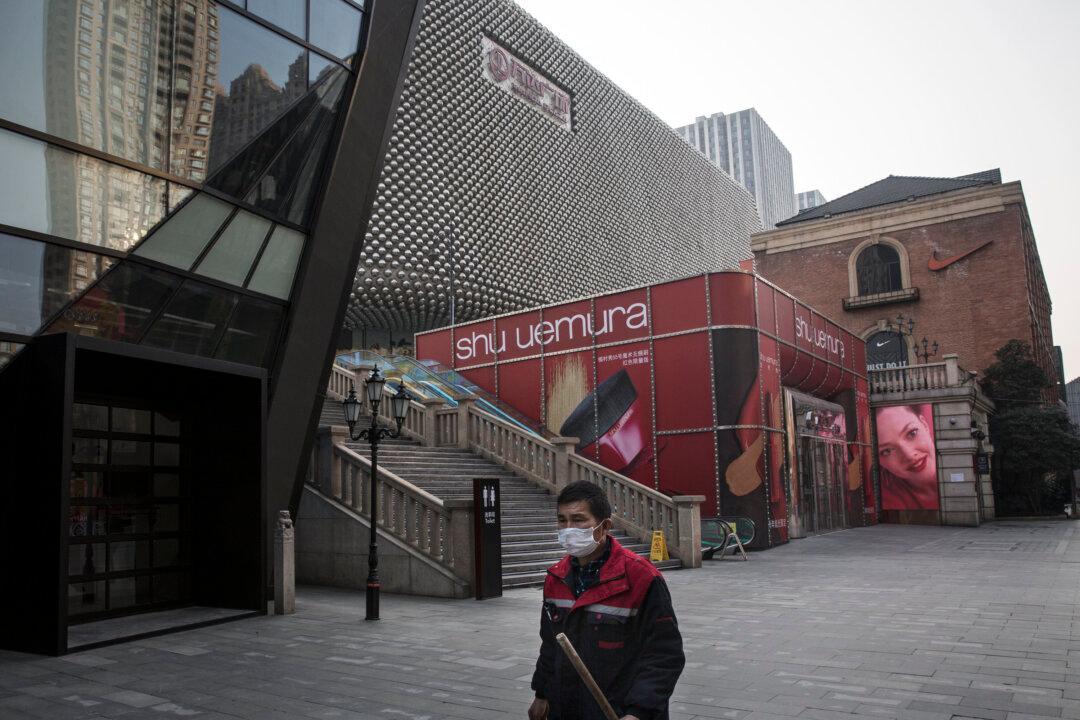News Analysis
China has stepped up economic support measures in recent weeks to prop up a domestic economy straining under the coronavirus outbreak.

China has stepped up economic support measures in recent weeks to prop up a domestic economy straining under the coronavirus outbreak.